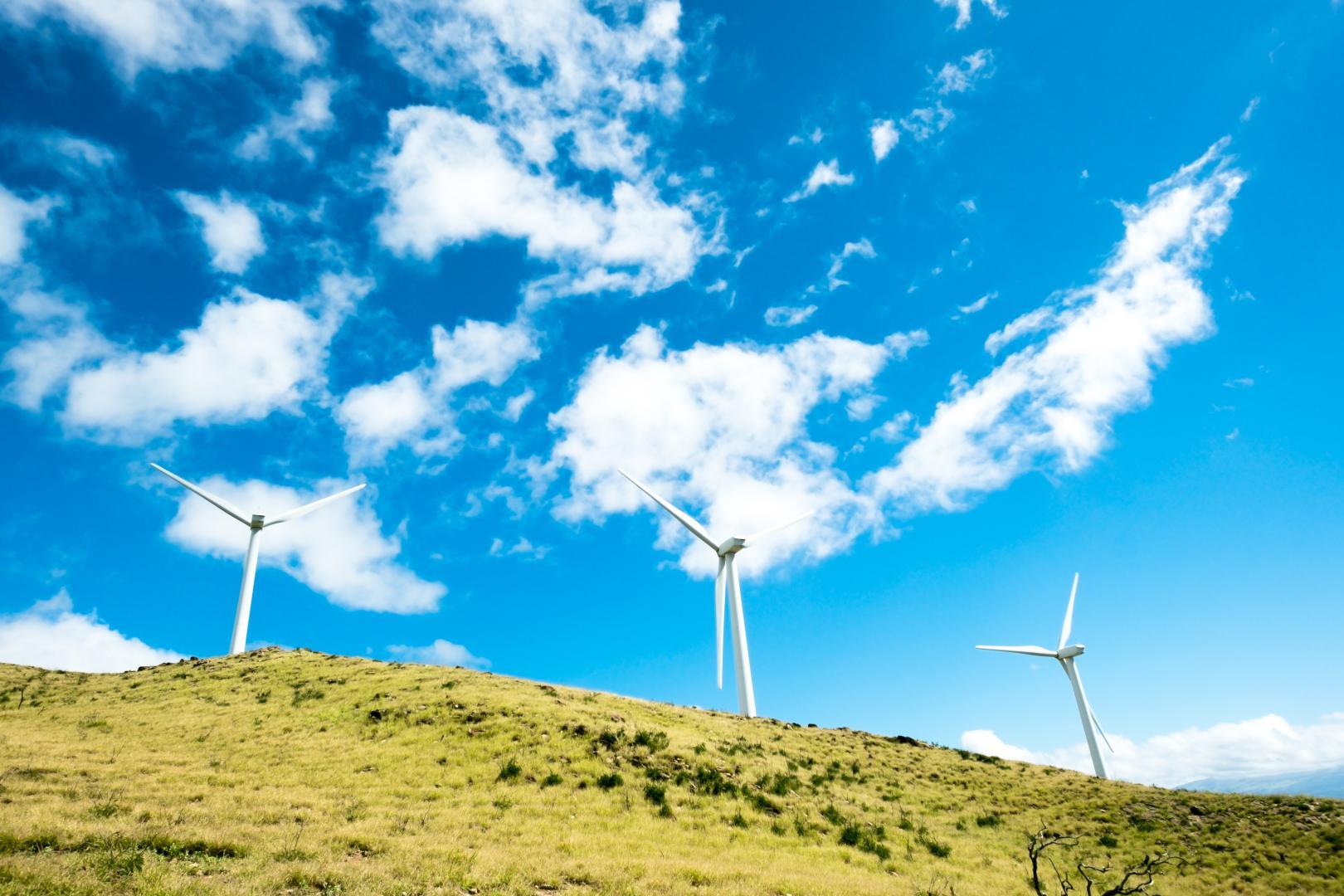
Solar energy is an inexhaustible renewable energy source that emits no CO2 or other glasshouse gases since it does not utilize any fuel or needs any other resources, like water or wind. From an environmental standpoint, this is one of the aspects that distinguishes it as one of the fascinating energy-generation systems available. However, Whitsundays solar has additional advantages that aren't as prominent but are just as important when determining the system to install or avoid.
There are no expenses associated with energy generation
As previously stated, solar energy does not need an external power source to function, resulting in low maintenance and energy production expenses that are essentially non-existent. The only costs connected with solar energy usage are those related to the production and installation of the solar energy components themselves. This implies that, despite the significant initial expenditure, there are no extra expenses connected with its usage, resulting in a rapid return on investment for the installation.
Reduced energy consumption for long-distance transportation
With increasing distance between energy production and distribution sites, losses during energy transportation and distribution become more significant. Even though these losses are not significant, they impact the performance of the installation in densely populated regions.
When Whitsundays solar panels are installed on roofs in a cluster, on the other hand, the distances between them are substantially decreased, boosting the efficiency of the electrical system.
Adaptable Installation
Because of the ease and simplicity of the installation, it can be placed practically anywhere, using both vertical and horizontal areas that have no particular function and maximizing their potential. Together with the modularity and flexibility of the system, this feature makes it easier to install small-scale solar projects, with the additional benefit of being able to scale up the system as needed based on the demands of the project at any given moment.
However, the most intriguing benefit is the ability to provide energy in distant areas where the expense of establishing electrical distribution lines would be prohibitively expensive or impossible to do.
Energy production occurs at periods when demand is at its highest
The times of day with the most significant energy consumption are concentrated between 11:00 and 16:00, with a smaller concentration between 20:00 and 22:00 and a minor concentration between 20:00 and 23:00. The energy price rises dramatically during peak demand periods in systems that rely on the continual supply of energy by power plants. Unlike wind and other forms of renewable energy, solar power produces more energy during a time of day when demand is at its peak. According to the International Energy Agency, in power markets with large-scale solar energy production, the increased supply of energy during peak times may cause electricity costs during the mid-day periods to fall to levels comparable with those during the nighttime hours.
The environmental impact of the project
Solar energy generation does not result in noise pollution, which is an essential factor to consider when installing solar energy systems in metropolitan areas. As a bonus, it produces no waste since it requires no maintenance and has a far greater lifespan than conventional energy-production systems. In truth, solar panels are built to survive the effects of the environment, even those caused by harsh weather conditions.
Increased reliability and security of the electrical grid
This is a significant indirect advantage that directly influences the efficiency of the power grid in the event of the usual issues of blackouts and voltage dips, both of which occur often. Increased grid security due to the potential of bringing solar electricity from thousands or even millions of independent energy-production centers reduces the likelihood of power grid overloads or transformer substation fires soon.
Cost-cutting measures
The clean energy generated from the sun decreases costs significantly since it is an endless energy source that is not susceptible to market volatility or the impacts caused by speculation. Thus, it has a lower cost of production. In addition to the previously indicated initial price, it requires a significant ongoing investment that is quickly recouped via amortization. It is crucially a limitless and continuous energy source that does not need any further maintenance or consumption expenses.
Although recent scientific advancements indicate a considerable decrease in the costs of the components used in the production of solar panels, this will result in more efficient and inexpensive solar cells in the future.
Also read about:
5 Biggest Perks You Can Enjoy With Personal Loans
Four Major Reasons to Choose Californian Nearshore Software Development
How to find out who lives at an address by TruePeopleSearch










